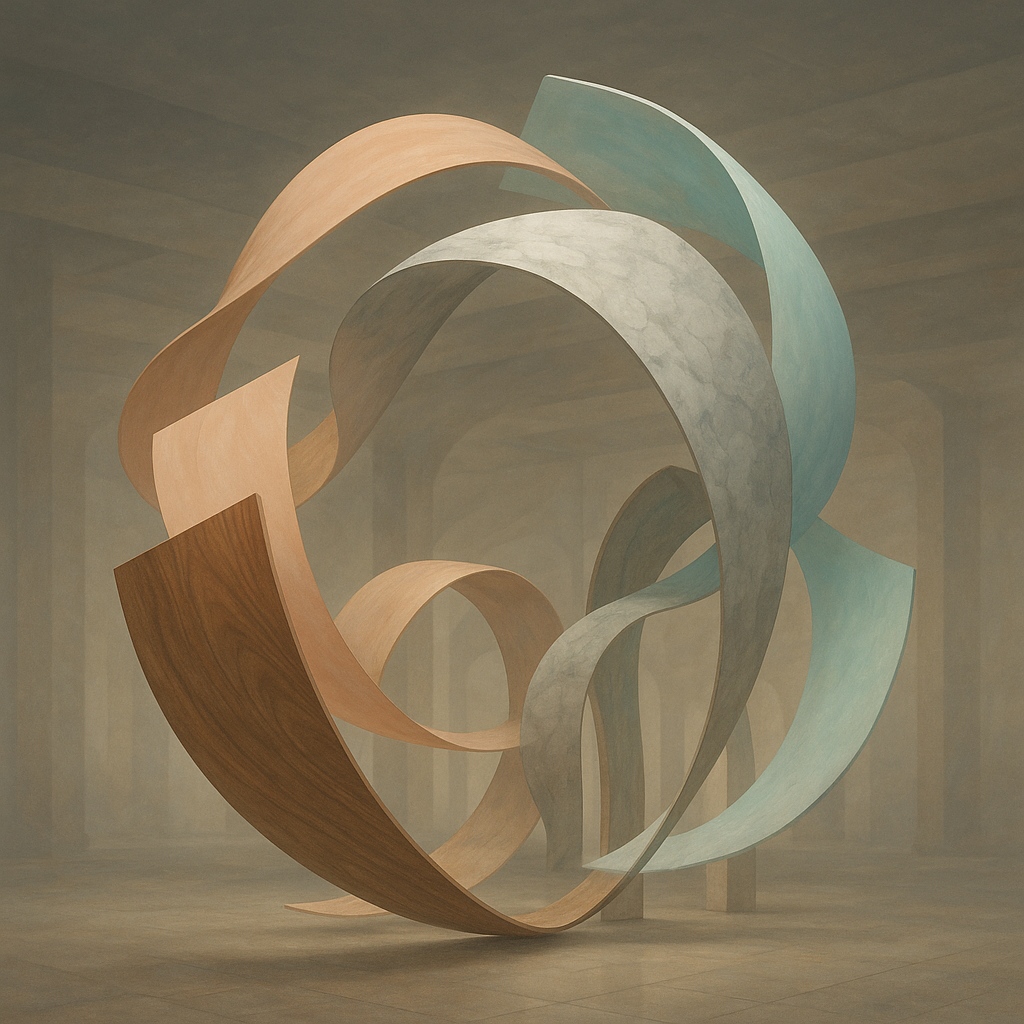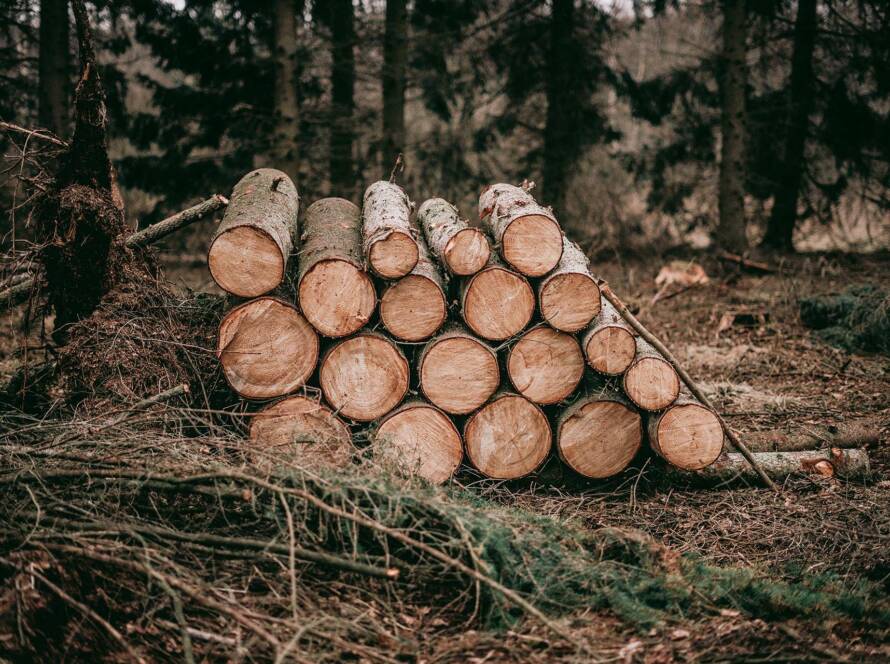Decorative laminates have become a cornerstone of modern interior design, offering a versatile, durable, and aesthetically pleasing solution for a wide range of applications. From residential homes to commercial spaces, these materials provide an affordable way to achieve high-end looks while ensuring functionality. This article explores the types, features, and applications of decorative laminates, providing insights for manufacturers, interior designers, and homeowners looking to make informed choices.
What Are Decorative Laminates?
Decorative laminates are thin layers of synthetic or natural materials bonded to a substrate, typically used to enhance the appearance and durability of surfaces like furniture, walls, countertops, and flooring. These laminates are engineered to mimic natural materials such as wood, stone, or metal while offering superior resistance to wear and tear. Common substrates include particleboard, MDF (medium-density fiberboard), or plywood, which are coated with laminates to achieve the desired aesthetic and performance.
Laminates are created through a process of layering materials, typically involving a decorative paper impregnated with resins and topped with a protective overlay. The layers are pressed together under high heat and pressure, resulting in a strong, durable surface. The versatility of laminates lies in their ability to replicate textures and patterns while offering practical benefits like easy maintenance and cost-effectiveness.
Types of Decorative Laminates
Decorative laminates come in various types, each suited to specific applications and design preferences. Below are the most common categories:
1. High-Pressure Laminates (HPL)
High-pressure laminates are among the most durable options, made by compressing multiple layers of kraft paper, decorative paper, and resin under high pressure. HPL is ideal for high-traffic areas like kitchens, bathrooms, and commercial spaces due to its resistance to scratches, moisture, and impact. It’s commonly used for countertops, cabinetry, and wall panels.
2. Low-Pressure Laminates (LPL)
Low-pressure laminates, also known as melamine laminates, are applied directly to substrates like MDF or particleboard under lower pressure. They are less durable than HPL but more cost-effective, making them popular for furniture and interior surfaces with moderate wear.
3. Compact Laminates
Compact laminates are thicker, self-supporting laminates that don’t require a substrate. They are highly durable and resistant to environmental factors, making them suitable for outdoor applications, bathroom partitions, and heavy-duty furniture.
4. Post-Forming Laminates
These laminates are flexible and can be molded around edges and curves, making them ideal for rounded countertops and furniture designs. They offer seamless finishes and are popular in modern, minimalist interiors.
5. Decorative Foils
Decorative foils are thinner, less durable laminates used for low-wear applications like cabinet interiors or temporary installations. They are budget-friendly but lack the robustness of HPL or compact laminates.
6. Specialty Laminates
Specialty laminates include textured finishes like wood grain, stone, or metal effects, as well as matte or glossy surfaces. These are designed for aesthetic appeal and are often used in high-end residential or commercial projects.
Key Features of Decorative Laminates
When selecting decorative laminates, understanding their features is crucial for ensuring they meet the needs of a specific project. Below are some key properties to consider:
- Scratch Resistance: High-quality laminates are coated with protective layers that resist scratches, making them suitable for surfaces like countertops and desks.
- Moisture Resistance: Laminates with waterproof or water-resistant properties are ideal for humid environments like kitchens and bathrooms.
- Termite Resistance: Treated laminates prevent termite damage, a critical feature for wood-based interiors in regions prone to infestations.
- Anti-Bacterial Protection: Some laminates are treated to inhibit bacterial growth, making them suitable for healthcare facilities or food preparation areas.
- Certifications: Look for laminates with certifications like ISO 9001:2015 (quality management) or CE (European Conformity) to ensure compliance with international standards.
- Fire Resistance: Certain laminates are designed to resist flames or slow fire spread, which is essential for commercial buildings.
- Ease of Maintenance: Laminates are non-porous, making them easy to clean with minimal effort, unlike natural materials like wood or stone.
Applications in Modern Interiors
Decorative laminates are incredibly versatile, making them a go-to choice for various applications in both residential and commercial settings. Here are some common uses:
1. Furniture
Laminates are widely used in furniture manufacturing, from wardrobes and cabinets to tables and chairs. They offer a cost-effective way to achieve the look of premium materials like oak, marble, or granite without the high cost or maintenance.
2. Wall Panels
Decorative laminates are increasingly popular for wall cladding, creating accent walls or full-room designs. Textured laminates, such as those mimicking stone or wood grain, add depth and character to interiors.
3. Countertops and Work Surfaces
HPL and compact laminates are ideal for kitchen and bathroom countertops due to their durability and resistance to moisture and scratches. They come in a variety of finishes, from matte to high-gloss, to suit different design aesthetics.
4. Flooring
Laminate flooring is a popular alternative to hardwood, offering similar aesthetics with greater durability and lower costs. It’s resistant to scratches and wear, making it ideal for homes with pets or children.
5. Commercial Spaces
In offices, retail stores, and hospitality venues, laminates are used for reception desks, partitions, and decorative surfaces. Their durability and ability to withstand heavy use make them a practical choice.
6. Outdoor Applications
Compact laminates with UV resistance are used for exterior cladding, signage, or outdoor furniture, providing durability in harsh weather conditions.
Choosing the Right Laminate for Your Project
Selecting the right laminate depends on several factors, including budget, application, and environmental conditions. Here are some tips to guide your decision:
- Assess Durability Needs: For high-traffic areas, opt for HPL or compact laminates. For low-wear surfaces, LPL or decorative foils may suffice.
- Consider Aesthetics: Choose finishes that complement your design vision, whether it’s a natural wood look, a sleek metal texture, or a minimalist matte color.
- Check Certifications: Ensure the laminate meets industry standards for safety and performance, especially for commercial or public spaces.
- Evaluate Environmental Factors: For humid or outdoor environments, prioritize moisture-resistant and UV-resistant laminates.
- Budget Constraints: Balance cost and quality by selecting laminates that offer the best combination of durability and aesthetics within your budget.
Trends in Decorative Laminates
The decorative laminate industry is constantly evolving, with new trends emerging to meet modern design demands. Some current trends include:
- Natural Textures: Wood grain, stone, and linen textures are popular for creating organic, earthy interiors.
- Matte Finishes: Matte surfaces are gaining traction for their understated elegance and ability to hide fingerprints and smudges.
- Sustainable Materials: Eco-friendly laminates made from recycled materials or sustainable sources are increasingly in demand.
- Bold Patterns: Geometric and abstract designs are being used to create statement pieces in furniture and wall panels.
Conclusion
Decorative laminates offer a perfect blend of style, durability, and affordability, making them an essential material in modern interior design. By understanding the types, features, and applications of laminates, you can make informed decisions that enhance the functionality and aesthetics of any space. Whether you’re a manufacturer, designer, or homeowner, laminates provide endless possibilities to bring your vision to life while meeting practical needs.



